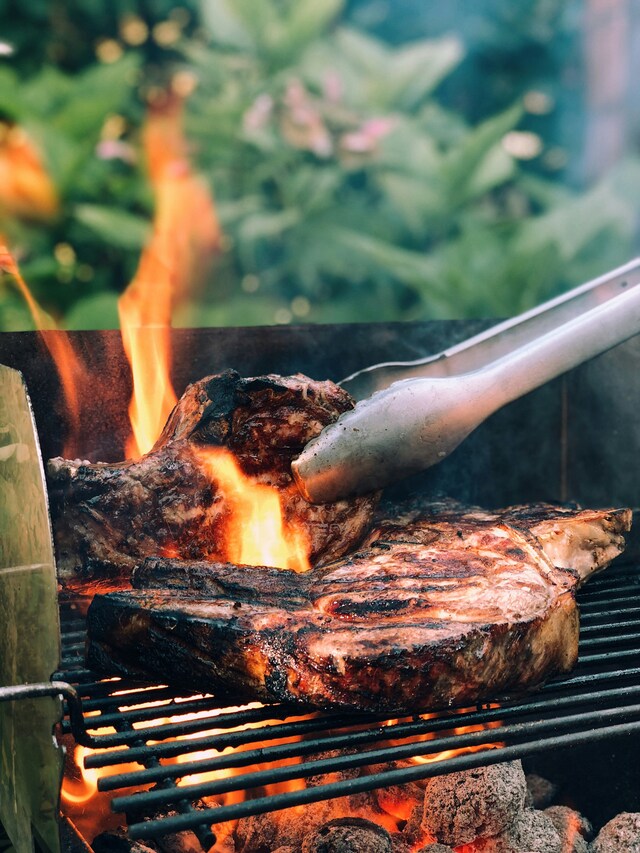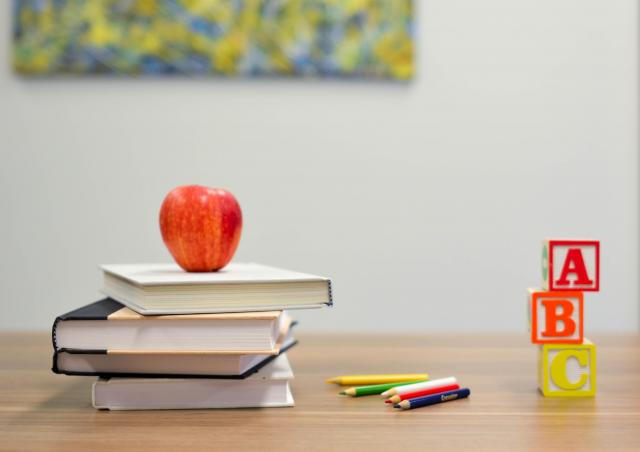By Shaun Inguanzo
IT’S November 1965 and A Company of the 1st Battalion Royal Australian Regiment (1RAR) is 18 miles north of Bien Hoa in the dense Vietnamese jungle.
Suddenly, machine gun fire from entrenched Viet Cong enemy fighters rains down upon their position, and the Company is locked in an afternoon-long battle that will see two men – Private Peter Gillson, and Lance Corporal Richard ‘Tiny’ Parker – lose their lives.
But when the Diggers withdraw and evacuate the hot zone, they are shocked to discover there is no chance to retrieve the bodies of Gillson and Parker.
Acting platoon commander Gordon Peterson asks his American superiors, to whom the company was seconded, if they can retrieve their mates the next day.
The answer is no.
And so began the 42-year quest to end Operation Hump; to bring home the bodies of their brothers-in-arms.
Fast forward to last week, and a handful of Vietnam veterans from Noble Park RSL are listening intently to the story of that fateful day.
At the table to tell the story are fellow veterans Jim Bourke and Gordon Peterson.
Mr Bourke is the founder of Operation Aussies Home (OAH), a not-for-profit organisation that aims to retrieve, or at least bring closure to the cases of six Australian soldiers left behind in the battlefields of Vietnam.
OAH has found two of them, Gillson and Parker, in April this year. Their remains were officially handed over by the Vietnamese Government last month.
To his right is Mr Peterson, who Mr Bourke tracked down to assist with identifying the battle site in Vietnam.
For Mr Peterson, this year’s discovery marks the end of Operation Hump after having painfully lived with the knowledge for 42 years that two men had been left behind on the field of combat.
The Noble Park vets have pumped a lot of moral, and even some financial support into the project, because until late, it had failed to attract government funding and mainstream attention.
Mr Bourke, initially wary of questioning, was evidently excited by the growth of the OAH project as our discussion progressed.
He began researching the Gillson and Parker case in 2002 with no clear idea of where their bodies were.
After all, it had been 37 years. The landscape had changed, the site cleared of bodies, and there was no record of whether the two men were buried at the site or elsewhere.
So Mr Bourke called upon his American friends who he fought alongside in Vietnam to help him track down a Vietnamese resident who might know what happened.
“We actually managed to track down the (South Vietnamese) commander of the day, who described in detail that he saw the two bodies buried the next day at the site,” Mr Bourke said.
But the breakthrough was marred by the fact that official maps from Australian and Vietnamese forces of the day did not accurately pinpoint the battle’s location.
So Mr Bourke tracked down Mr Peterson, and in 2005, the pair paid their own way to Vietnam to locate the battleground.
Mr Peterson could not remember a lot of locations in detail but said he had no trouble recalling the place where Operation Hump took place.
After heading to the location marked on the map, Mr Peterson, feeling much disappointment, knew it was incorrect.
A sweeping search of the area brought Mr Peterson to a place 500 metres east of the marked location.
Instinct took the reigns.
“I had a feeling and I knew it was right,” he said.
Mr Peterson recalled the moment as his gaze fell into the distance and he paused between passages of action, perhaps reflecting on what was an emotional moment.
“We had a service on the hill using poppies left over from Remembrance Day,” he said.
“It was a very moving thing.”
After the 2005 visit, OAH began to gather some momentum and after some intense media coverage, an anonymous donor contributed $40,000 to the project.
Then the Federal Government chipped in with $37,000.
The funding also meant government involvement in the project and attracted a team of volunteer scientists – ranging from forensic to archaeological experts – who brought with them expensive high-tech radar machinery.
The team, minus Mr Peterson who felt his job was done, returned to Vietnam with seven possible sites in mind.
By this stage, Mr Bourke was growing tired and frustrated – yet he remained determined. The only enemy remaining was the temptation to pack up and go home.
And as though it was scripted for Hollywood, it was the seventh location where Operation Aussies Home had its first major discovery.
“I was in the backyard and my wife walked out with the phone and said ‘it’s Jim Bourke’,” Mr Peterson said.
“I thought they mustn’t have found anything.
“Instead, Jim told me that Operation Hump was over, as I had always said it would not be over until we found them (Gillson and Parker).”
Even Mr Bourke had remained sceptical, refusing to believe the remains – bones and rubber shoe soles – belonged to the two Diggers.
That was until the excavation crew recovered a 1965 map of Operation Hump, perfectly preserved.
A series of scientific tests on teeth and bones provided details that further fitted the men’s descriptions.
Funerals were held mid-June, and Mr Peterson said it was at that time his emotions overcame him.
“Peter Gillson’s son Rob and I were at his funeral and he came up to me and cried on my shoulder and said thank you very much for giving me back my dad.
“That was 42 years of emotion.”
It was fitting then that Operation Aussies Home should celebrate at the one place that for years has led a progressive charge for welfare and support of Vietnam Veterans – the Noble Park RSL.
The club has a Vietnam Veterans Association of more than 250 members – the largest in Victoria.
“We’ve had a lot of moral support, and that’s a good thing,” Mr Bourke said.
“Because money is one thing but sometimes not even that keeps you going.”
Diggers never gave up on their mates
Digital Editions
-

Family fun that won’t break the bank
As summer unfolds, many families are looking for ways to enjoy quality time together without spending a fortune. While summer holidays often come with hefty…





